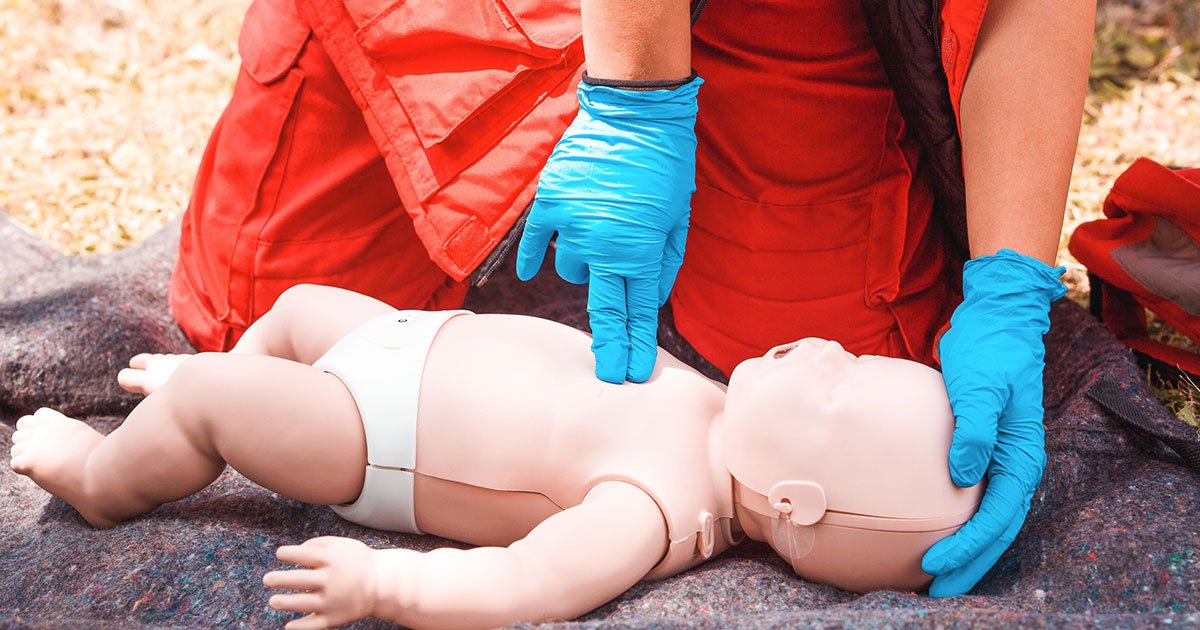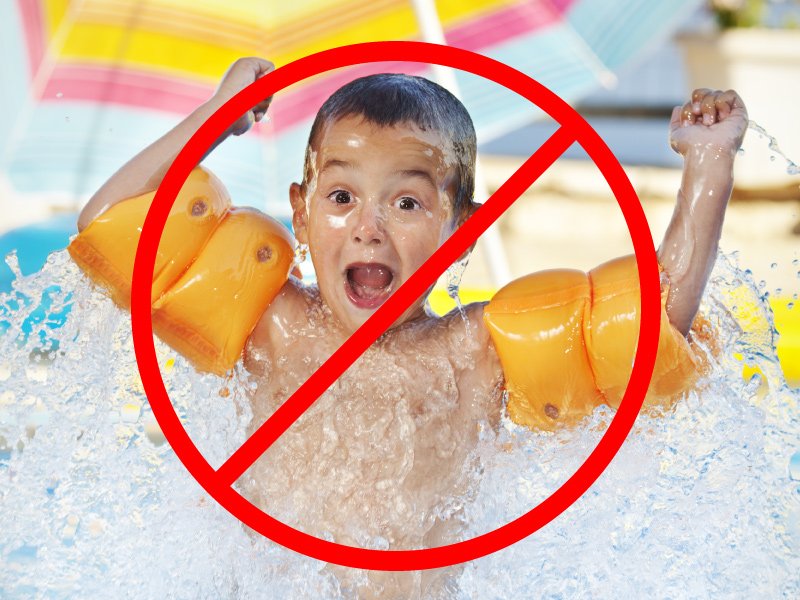
Layers of Protection Against Drowning
Effective Supervision
The most critical line of defense against drowning is actively supervising children in and around open bodies of water. When several adults are present and children are swimming, use the Water Watcher card strategy, which designates an adult as the Water Watcher for a certain amount of time (such as 15-minute periods) to prevent lapses in supervision. If a child is missing, check bodies of water FIRST.
Survival Swimming Lessons
Unlike traditional swim lessons, survival swim lessons teach the most critical skill a child needs in the event of an aquatic emergency - the ability to turn from a face down position to a float and remain in that float until help arrives or swim to safety. Because 86% of drownings occur when the child is fully clothed, survival swim students practice their self-rescuing skills in clothing (which can add 10-15lbs!) before graduating.
Pool Fences
All swimming pools (including above ground and temporary inflatable pools), should be surrounded by a fence on all four sides. The fence should be at least 60” tall, and have a self-closing, self-latching gate. Gates should open away from the pool, and never be propped open.
Alarms
Over 80% of drownings happen when caregivers don’t know their children are near the water. All doors and windows leading to a pool or other areas with water should be locked and alarmed, including dog doors. Pool alarms add an additional element of safety to your pool set-up, helping you know when a child may have entered the water without your knowledge.
CPR
Knowing CPR can save a life in the event of a water emergency, and it is essential that caregivers are prepared. Learn to perform CPR on children and update your skills regularly.
Ditch the puddle jumper
Puddle jumpers and other “floaties” commonly used for children are dangerous. Although we think we’re doing the right thing by using them, in reality we’re giving our children a false sense of security and teaching them that it’s okay to be in the water without an adult. Putting our children in these devices in the pool actively trains their muscle memory to be in the vertical (drowning position) in the water. If they reach the water without the device their bodies have been trained to depend on, the outcome is often fatal.
Pool toys
While balls, floats, and other toys are fun to play with in the pool, they can also be a temptation to toddlers and other young children when not in the pool. A child under 30 pounds can drown in just 30 seconds. Removing items that may tempt a child to enter the pool area reduces the risk of them falling into the water.
Float Like A Boat
ISR Austin Founder, Michelle McKinney’s
new children’s book is a great way to get your child excited for what they're going to be
learning in lessons!







